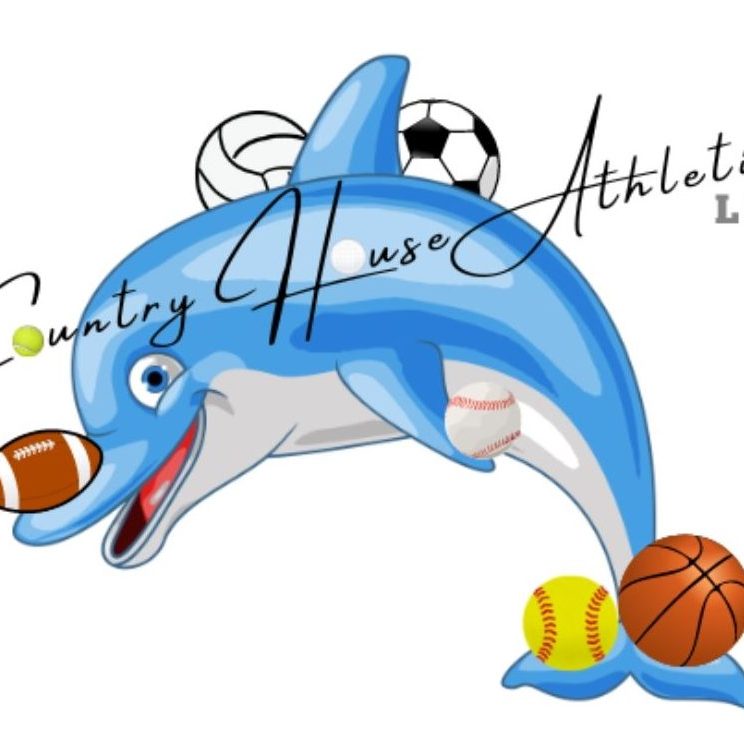Last week here at Country House Athletics, our blog post touched on the rotator cuff. The rotator cuff is one of the more famous characters within the shoulder – almost everyone’s heard of it. We introduced you to an injury/condition termed rotator cuff impingement. We told you that we were going to dive a bit deeper into how to build a shoulder-friendly strength program for your young overhead athlete. We aren’t getting right into that program until we introduce a major factor in any shoulder program worth its salt.
In last week’s blog post, we mentioned a term called “scapular stability”. Back in college, I was taught that the rotator cuff is the “key” to the shoulder. Through my years of experience, I think it’s worth making the argument that the scapula (AKA shoulder blade) should take on the distinction of being that “key” to the shoulder. I promise we aren’t going to go too deep into this as we can certainly get lost in all of the content that can surround this bone on your upper back. We just want to highlight a few crucial areas to help you begin to grasp the importance of the scapula.
When discussing overhead throwing mechanics, most conversations focus on the shoulder, elbow, or even the wrist. However, one of the most overlooked yet essential components of a strong, healthy throwing motion is the scapula. Last week, we mentioned how this bone serves as the foundation for proper movement and stability in the throwing arm, playing a crucial role in both performance and injury prevention.
What is the Scapula?
Quite simply – it’s your shoulder blade and you know you have two of them sitting on the backs of each shoulder. Technically speaking, the scapula is a large thin triangular bone covering ribs 2-7. Everything – and I mean everything – that has to do with the shoulder always comes back to the scapula. Its positioning and its stabilization provide a stable base for your arm to move. Without optimal function of the scapula, your overhead throwing athlete risks developing compensatory movements that can lead to shoulder and elbow injuries over time. Please don’t forget this!
The Role of the Scapula
There are three primary roles of the scapula. Those roles include:
- Maintaining dynamic stability with controlled mobility of the shoulder joint.
- Serves as a base for muscle attachment
- Provides the link in the transfer of energy from the lower extremity and core to the upper extremity.
During any shoulder motion, the scapula must be properly positioned through the delicate balance and coordinated efforts of the muscles surrounding the scapula. These muscles of the upper back need to be a focus of your strength training routine as they are frequently forgotten about because you can’t see them in the mirror when you are admiring your workout body.
Scapular Dyskinesis: A Hidden Threat
Scapular WHAT?!? – Scapular dyskinesis is the million dollar term to describe abnormal movement patterns of the scapula. These abnormal patterns are often caused by muscle imbalances, poor posture, and/or overuse. When the scapula fails to move properly, the shoulder joint loses stability, increasing stress on the rotator cuff and elbow. For your overhead thrower, this can result in decreased velocity, loss of accuracy, and a higher risk of conditions like impingement that we discussed last week or even the dreaded Tommy John surgery.
Final Thoughts
For overhead throwers, the scapula is much more than just a bone—it is a dynamic structure that dictates shoulder function, stability, and overall throwing efficiency. Neglecting scapular health can lead to compensatory mechanics, placing unnecessary stress on the arm and increasing injury risk. By prioritizing scapular strength, mobility, and proper movement patterns, throwers can maximize their performance while keeping their arms healthy for the long run. Contact us as we can provide you with a number of exercises that will help shore up any scapular issues you may have.
At Country House Athletics LLC, we’re committed to helping parents and athletes stay informed and proactive about sports injuries. Join us next week where we will break away from the upper extremity and get into the lower extremity for just a bit.

No responses yet